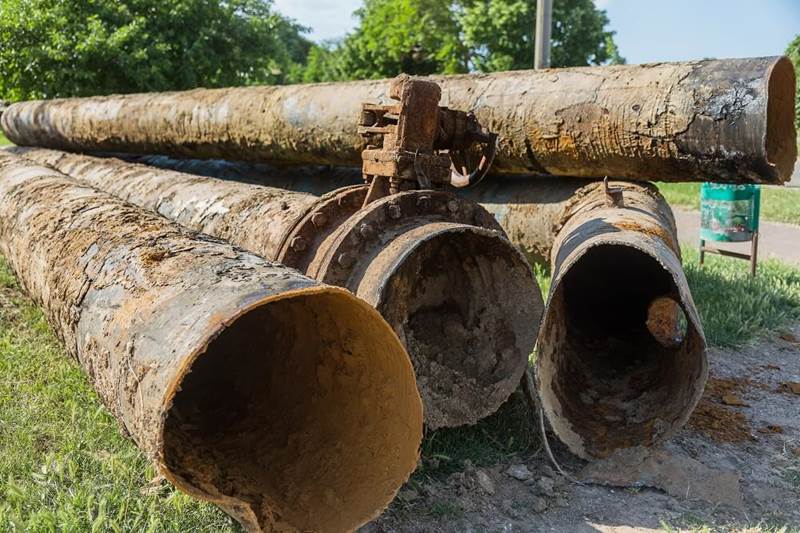Trillion Dollar Problem: Why Corrosion Under Insulation Is A Critical Issue For Many Industries And How To Address It

Insulating walls, machinery, storage vessels, and pipes is important in various industries to control the surface temperature for personnel protection, save energy costs, and prevent corrosion. But if you only use conventional insulation methods, you won’t protect your assets from the so-called Corrosion Under Insulation or CUI.
What is CUI?
In a nutshell, CUI is corrosion that occurs on an insulated surface. It means that corrosive elements were able to penetrate that supposed barrier and cause a chemical reaction to the surface, leading to its deterioration.
This is usually not visible and may go unnoticed for many years, making it a critical — and costly — issue in different industries. According to the World Corrosion Organization, corrosion costs businesses around $2.2 trillion worldwide, and 45% of those come from oil, gas, and petrochemical industries. Did you know that a huge chunk — 40 to 60% — of these players’ pipe maintenance expenses are attributable to CUI?
There are many factors that can cause corrosion under insulation. Apart from operating and ambient temperature, water and water contaminants are the primary culprits behind this phenomenon. It can also be caused by:
Fluctuating environmental conditions
Moisture within the insulation material because of improper application and storage
Faulty insulation design
Wrong choice of insulation material and other protective measures
So, How Do You Prevent It In The First Place?
CUI is a costly problem, but it can be averted. Prevention is possible, thanks to various defense mechanisms available, including:
Jacketing/cladding/covering. To keep water and other corrosion-inducing elements away, you have to have a protective jacketing/cladding system (which comprises banding, clips, mastic sealants, and adhesives). The most popular options are aluminum, steel, and multilaminate jacketing.
Vapor barriers. Installed beneath your jacketing, these barriers are designed to contain water vapor in case it gets past your initial cladding. They add a protective layer because they have to be ruptured first before corrosive materials seep into the surface of your material.
Protective insulating coatings. These coatings are applied to prevent the entry — and spread — of water, moisture, and other corrosive chemicals. They are specially engineered to withstand corrosion, on top of reducing heat transfer between the surface and its surrounding environment.
Proper Maintenance and Diligent Detection Are Also Important
Even if you have a well-designed and well-executed CUI defense system, you still need to do insulation system maintenance to maximize its lifespan. Consider the environment where your facility is located and the age of the material that was insulated itself.
Besides maintenance, you can at least reduce the cost of addressing corrosion under insulation if you perform periodic detection as well. Because the corrosion takes place underneath the insulation, the detection should be performed in a way that won’t destroy your defense mechanism. The most popular methods include ultrasonic testing, profile radiography, and x-ray imaging.
Once the expected lifespan of your insulation solution nears, it’s also time to plan for recoating and re-insulation. Undertaking adequate preparations can help you minimize the disruptions it can cause to your facility’s operations and the schedule of your deliverables.

The author, Dr. David K Simson is a trained radiation oncologist specializing in advanced radiation techniques such as intensity-modulated radiotherapy (IMRT), image-guided radiotherapy (IGRT), volumetric modulated arc therapy (VMAT) / Rapid Arc, stereotactic body radiotherapy (SBRT), stereotactic radiotherapy (SRT), stereotactic radiosurgery (SRS). He is also experienced in interstitial, intracavitary, and intraluminal brachytherapy.








